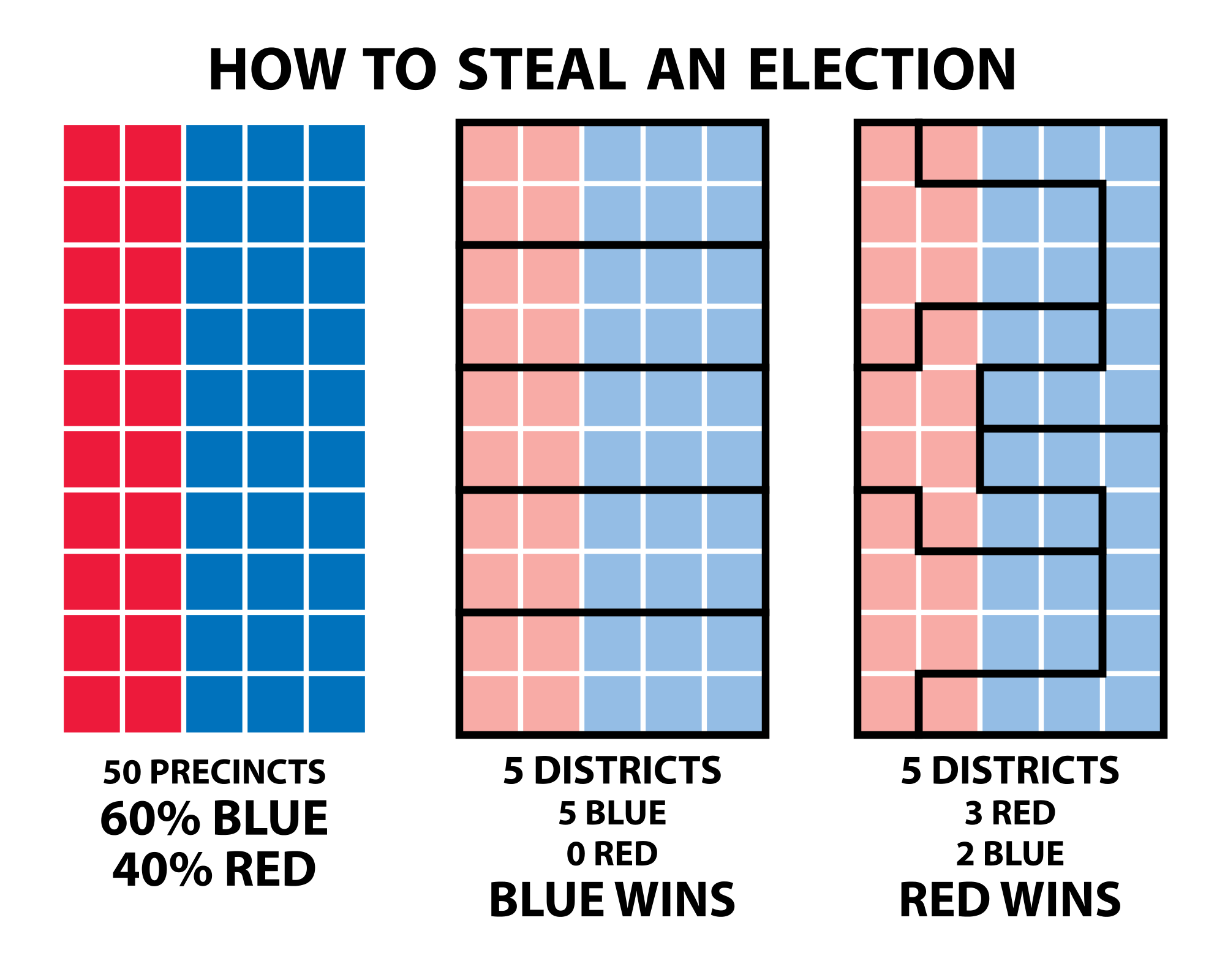
Electoral districts ebb and flow. The ever-changing population in different areas across the country creates the challenge of drawing the districts as close to accurately representative as possible. When drawing, the lines can get a little blurry, communities can become divided, and the way the edges of the districts are formed can determine the outcome of an election. At least, this is what legal teams across the country are trying to prove. The process of making the districts is called Gerrymandering. And today, we have an expert on the pod, to help us breakdown the fundamentals of the practice.
Ruth Greenwood, a senior counsel at the Campaign Legal Center, litigates a variety of redistricting cases. Along with co-counsel, she represents the plaintiffs in two high-profile partisan gerrymandering cases (Gill v. Whitford and LWVNC v. Rucho). On a federal level, not every state has to deal with this issue, some smaller states, like Vermont for example, only have one U.S. Rep. seat for the entire state. Which makes the issues more centered around medium to larger sized states, like Wisconsin, North Carolina, Texas, California, and New York. So Ruth, to start off the conversation on an broad note, what is gerrymandering?
Credits:
Everything Explained is produced by WAMC Northeast Public Radio with assistance from Kristin Gilbert and Ashleigh Kinsey. Also we’d like to give a special thanks to Ruth Greenwood. I’m your host Patrick Garrett. As always we want to remind you to subscribe and leave a review because like everyone else in the “pod-realm” will tell you, it helps us to make more podcasts like this one.
